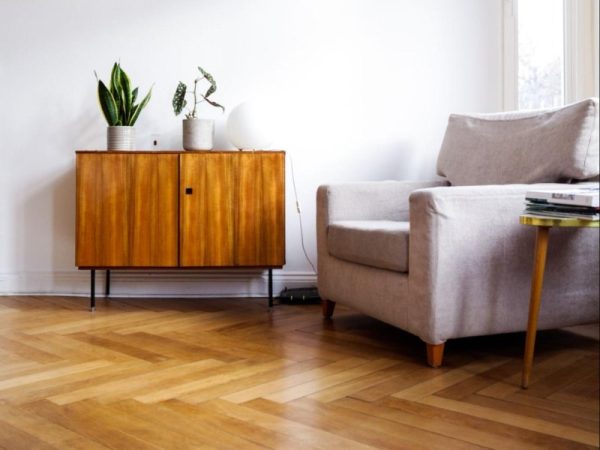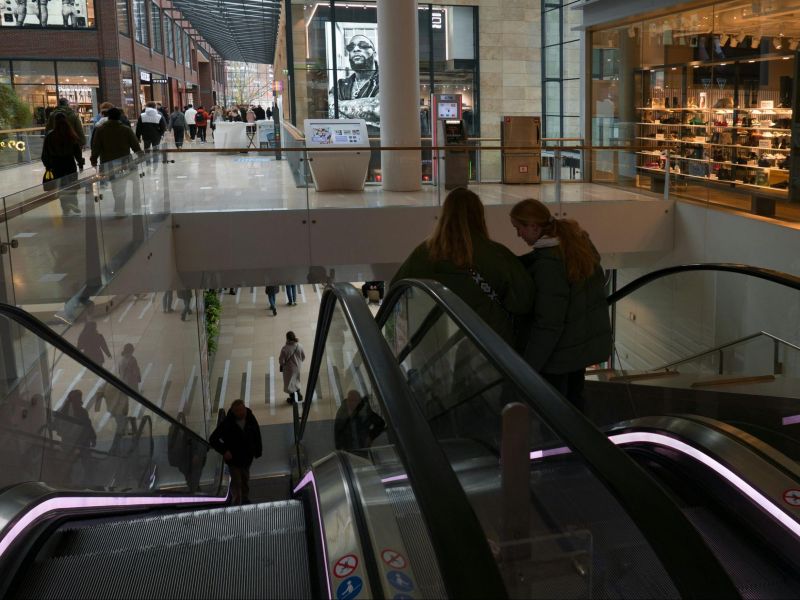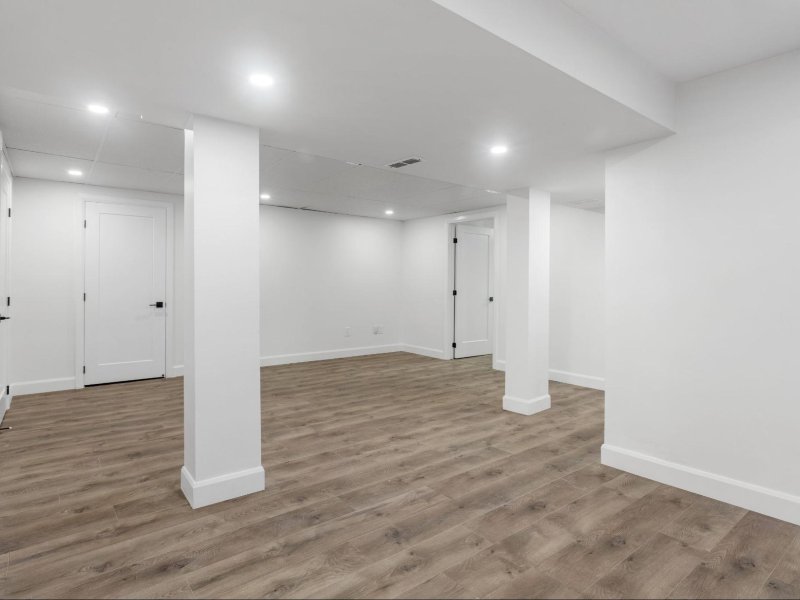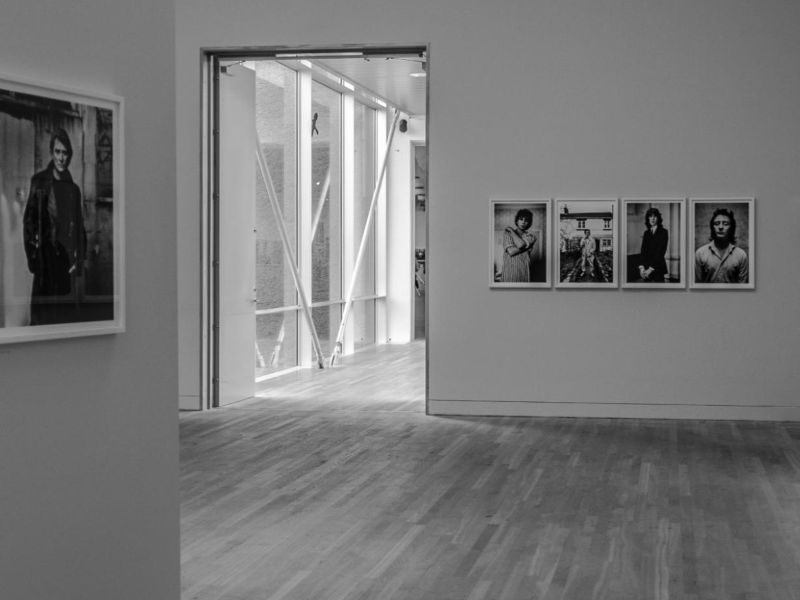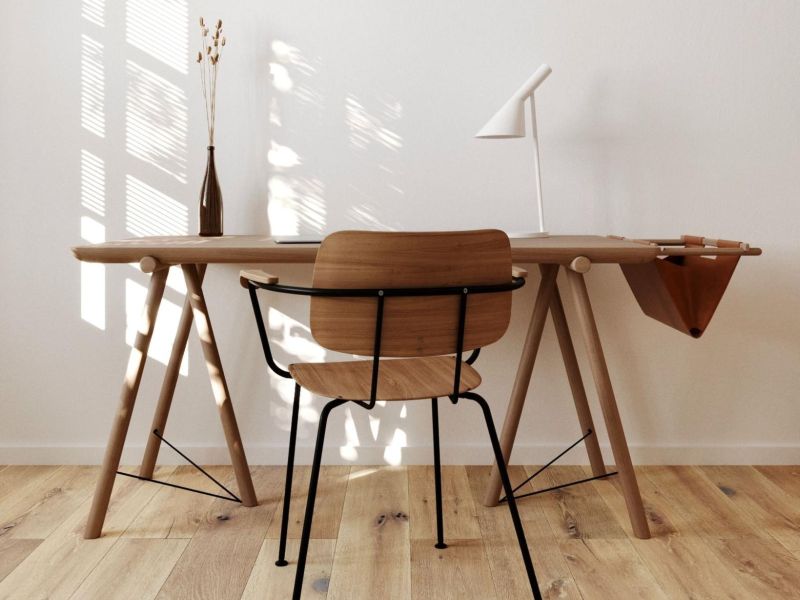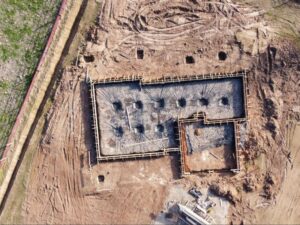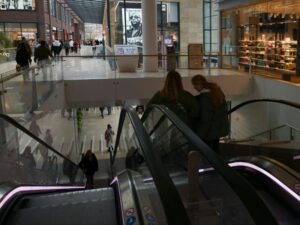Hardwood flooring is a timeless and elegant choice for homes, known for its beauty, durability, and longevity. However, like any flooring material, hardwood is not immune to wear and tear over time. Common issues that homeowners may encounter with hardwood flooring include scratches, warping, and moisture damage. In this guide, we will explore these issues in detail and provide practical solutions for addressing and preventing them.
Scratches on Hardwood Flooring
Scratches are one of the most common concerns for hardwood floor owners. They can detract from the floor’s appearance and diminish its overall beauty. Fortunately, there are several steps you can take to prevent and address scratches on hardwood flooring.
Prevention:
- Area Rugs and Mats: Place rugs and mats in high-traffic areas, such as entryways and hallways, to reduce the risk of scratches from dirt and debris.
- Furniture Pads: Use felt or rubber pads on the legs of furniture to prevent scratches when moving or rearranging pieces.
- Trim Pet’s Nails: Keep your pets’ nails trimmed to minimize the potential for scratches.
- Regular Cleaning: Implement a regular cleaning routine to remove dust and debris that can act as abrasives on the floor’s surface.
Repair:
- Scratch Repair Kits: You can purchase scratch repair kits that include markers or fillers designed to match your floor’s finish and color. These kits can effectively camouflage minor scratches.
- Sanding and Refinishing: For deeper scratches or extensive damage, sanding and refinishing may be necessary. This process involves removing the damaged layer of wood and applying a new finish to restore the floor’s appearance.
Warping of Hardwood Flooring
Warping is a less common but more serious issue that can affect hardwood flooring. It typically occurs when the wood absorbs moisture unevenly, causing it to expand or contract. This can lead to noticeable warping or cupping of individual planks. Here’s how to deal with this problem:
Prevention:
- Control Indoor Humidity: Maintain consistent indoor humidity levels, ideally between 30% and 50%, to prevent excessive moisture absorption by the wood.
- Avoid Water Spills: Immediately clean up spills to prevent water from seeping into the wood and causing warping.
- Use Area Rugs: Place area rugs in areas prone to spills, like kitchens and bathrooms, to protect the floor from moisture.
Repair:
- Dehumidification: In some cases, warping may correct itself as the wood dries out. However, it’s essential to address the root cause by maintaining proper indoor humidity levels.
- Professional Repair: For severe warping, it may be necessary to consult a flooring professional. They can assess the extent of the damage and recommend appropriate repair or replacement options.
Moisture Damage to Hardwood Flooring
Moisture damage is a serious concern for hardwood floors and can result from various sources, such as leaks, spills, or excessive humidity. Signs of moisture damage include cupping, staining, or buckling of the wood. Addressing moisture damage promptly is crucial to prevent further deterioration.
Prevention:
- Regular Inspection: Routinely inspect your hardwood floors for signs of moisture damage, especially in areas prone to leaks or spills.
- Use Proper Cleaning Techniques: Avoid excessive water when cleaning your hardwood floors. Use a damp mop rather than a wet one, and immediately dry any spills.
- Maintain Proper Ventilation: Ensure proper ventilation in areas like bathrooms and kitchens to minimize humidity buildup.
- Protect Against Leaks: Install and maintain proper insulation and waterproofing in areas where moisture is a concern, such as basements.
Repair:
- Identify the Source: First, identify and address the source of moisture, whether it’s a leak, plumbing issue, or excessive humidity.
- Replace Damaged Planks: Severely damaged planks may need to be replaced to restore the floor’s integrity. A flooring professional can assist with this process.
- Refinishing: In some cases, refinishing the entire floor may be necessary to eliminate moisture-related issues. This involves sanding down the damaged surface and applying a new finish.
Preventive Maintenance for Long-lasting Hardwood Floors
In addition to addressing specific issues, preventive maintenance is key to ensuring the long-term beauty and durability of hardwood flooring:
- Regular Cleaning: Implement a routine cleaning schedule to remove dust and debris that can act as abrasives.
- Sweep or Vacuum: Use a soft-bristle broom or a vacuum with a hardwood floor setting to remove loose dirt and particles.
- Use the Right Cleaning Products: Use hardwood floor-specific cleaners to avoid damaging the finish. Avoid products that contain harsh chemicals or excessive water.
- Area Rugs and Mats: Place rugs and mats at entryways and high-traffic areas to minimize dirt and wear.
- Trim Pet Nails: Keep your pets’ nails trimmed to prevent scratches.
- Control Indoor Humidity: Invest in a hygrometer to monitor humidity levels and use a humidifier or dehumidifier as needed to maintain ideal levels.
- Regular Inspections: Periodically inspect your hardwood floors for any signs of wear, damage, or moisture issues.
Hardwood flooring is a valuable investment that can last for generations when properly cared for. While scratches, warping, and moisture damage are common concerns, they can be prevented and addressed with the right precautions and maintenance. By following these guidelines and addressing issues promptly, you can enjoy the beauty and longevity of your hardwood floors for years to come.

